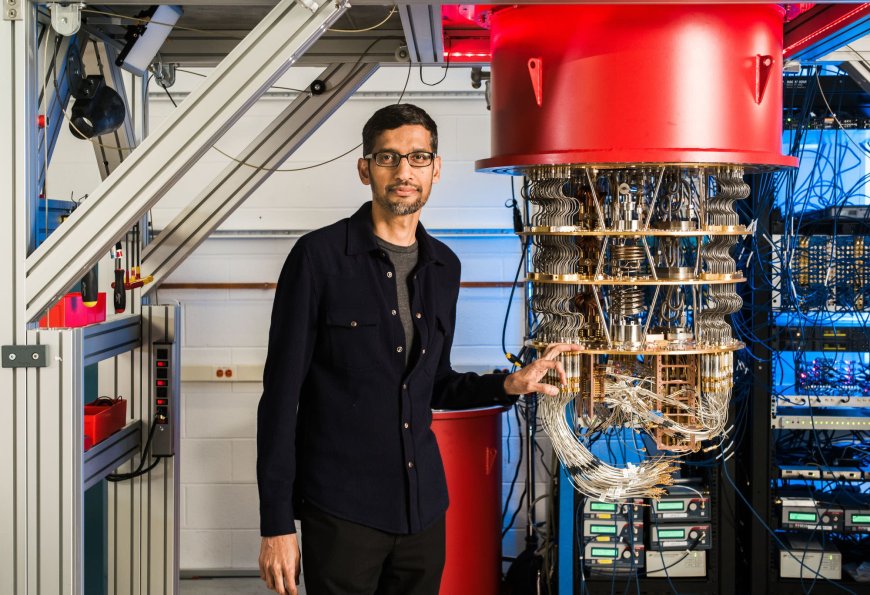Scientists Simulate Gauge Theories Using Google’s Quantum Processor: A Leap Toward Understanding the Universe’s Fundamental Forces
Scientists have used Google's quantum processor to simulate aspects of gauge theories, offering new insights into the universe's fundamental forces. Learn more about this breakthrough in quantum computing and physics.

In a groundbreaking development, scientists have utilized Google's quantum processor to simulate fundamental interactions described by gauge theories, offering new insights into the universe's most basic forces. This achievement marks a significant step in quantum computing and theoretical physics, with potential applications ranging from particle physics to the exploration of space-time's structure.
Understanding Gauge Theories
Gauge theories are mathematical frameworks that describe the fundamental forces of nature, such as electromagnetism and the strong and weak nuclear forces. These theories involve symmetries and fields that mediate interactions between particles. Traditionally, simulating these complex interactions has been challenging due to the limitations of classical computing.
The Quantum Simulation Breakthrough
Researchers from the Technical University of Munich (TUM) and Google Quantum AI have successfully simulated aspects of gauge theories using Google's quantum processor. By doing so, they observed how particles and the invisible "strings" connecting them behave, fluctuate, and even break. This simulation provides a new way to test and explore the dynamics of fundamental interactions that govern the universe.
Co-author Michael Knap, Professor of Collective Quantum Dynamics at TUM, emphasized the significance of this work, stating, "Our work shows how quantum computers can help us explore the fundamental rules that govern our universe." Pedram Roushan from Google Quantum AI added, "Harnessing the power of the quantum processor, we studied the dynamics of a specific type of gauge theory and observed how particles and the invisible 'strings' that connect them evolve over time."
Implications for Physics and Beyond
This breakthrough has several profound implications:
-
Advancement in Theoretical Physics: The ability to simulate gauge theories opens new avenues for testing and refining models that describe fundamental forces.
-
Insights into Quantum Materials: Understanding the behavior of gauge fields can lead to the development of new materials with exotic properties.
-
Exploration of Space-Time Structure: The research may provide clues about the fabric of space-time and the nature of quantum gravity.
-
Enhanced Quantum Computing: The success of this simulation demonstrates the potential of quantum processors to tackle complex problems beyond the reach of classical computers.
Visualizing the Simulation
To aid in understanding, the following diagram illustrates the concept of gauge fields and their interactions:
Source: ScienceDaily
Conclusion
The successful simulation of gauge theories using Google's quantum processor represents a significant milestone in both quantum computing and theoretical physics. As researchers continue to explore the potential of quantum technology, this achievement paves the way for deeper insights into the fundamental forces that shape our universe.














